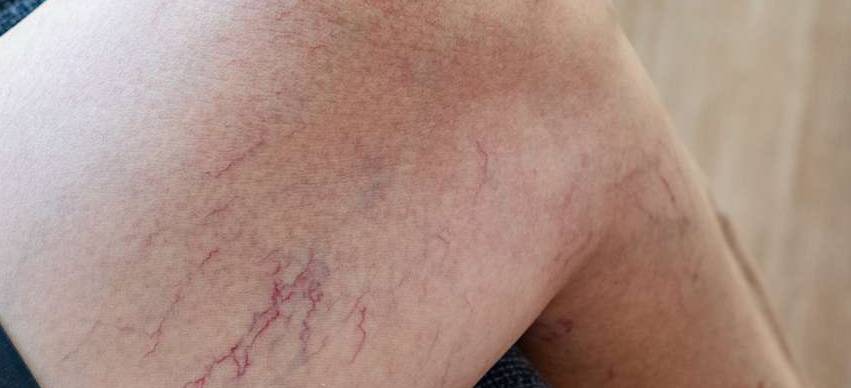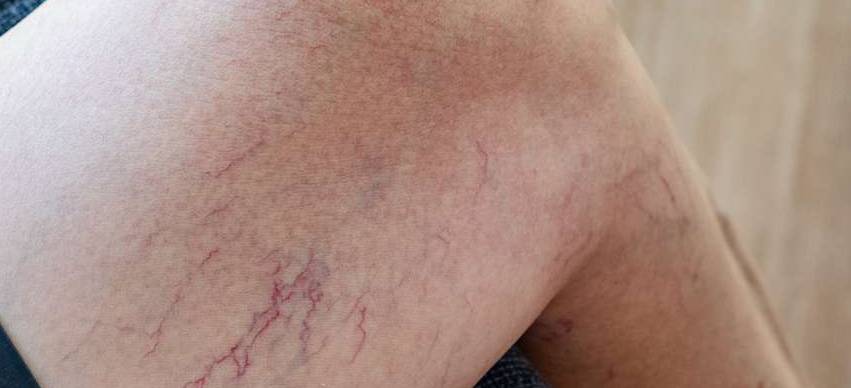Evolution of Prescription Refills: From In-Person to Online ..
6 Min Read


Varicose veins, although often associated with cosmetic concerns, are not merely a matter of appearance. These swollen, twisted veins can cause discomfort and severe health risks if left untreated. This comprehensive guide will delve into the world of varicose veins. We will explore their symptoms, underlying causes, and available treatment options.
Varicose veins are enlarged veins that appear twisted or bulging. They are more commonly found in the legs and feet. Varicose veins form when the valves within the veins weaken or become damaged. As a consequence, blood pools in the veins, causing them to enlarge and become visible. If you suspect or have varicose veins, consult a Vein doctor to receive the most appropriate treatment.
Various factors contribute to the development of varicose veins. Damaged valves in the veins play a significant role, disrupting the smooth flow of blood and leading to vein enlargement. Additionally, certain risk factors increase the likelihood of developing varicose veins. These factors include:
Varicose veins can cause various symptoms. People with varicose veins often experience:
While varicose veins may initially seem harmless, they can give rise to health risks. One of the most concerning complications is deep vein thrombosis (DVT). DVT develops when blood clots form in the deep veins. If a blood clot dislodges and travels to the lungs, it can lead to a life-threatening condition called pulmonary embolism.
Superficial thrombophlebitis, an inflammation of the veins near the skin surface, is another possible complication. Moreover, varicose veins can be prone to bleeding and may increase the risk of skin infections. Over time, untreated varicose veins can contribute to chronic venous insufficiency (CVI). This condition leads to persistent leg swelling, skin changes, and discomfort.
Diagnosing varicose veins involves a physical examination and a medical history assessment. The vein doctor will examine the affected areas, looking for visible varicose veins and assessing their severity. Additionally, imaging tests such as Doppler ultrasound may be performed to evaluate the blood flow. Based on the findings, varicose veins are often classified and graded, aiding in selecting appropriate treatment options.
The management of varicose veins focuses on alleviating symptoms and preventing complications. In many cases, lifestyle modifications and self-care measures play a significant role. The following activities can help reduce symptoms and prevent the progression of varicose veins:
Medical interventions like sclerotherapy may be recommended for more severe cases. This treatment aims to close off and fade the affected veins. Surgical procedures like vein stripping may be considered for persistent or severe varicose veins.
Preventing varicose veins involves adopting healthy lifestyle practices and minimizing risk factors. Here are some things you can do to improve your vein health:
Living with varicose veins can be challenging, both physically and emotionally. Coping strategies like cold compresses and practicing stress-reducing techniques can help manage symptoms. Seeking support from family or support groups can provide a sense of understanding and empathy. It's essential to address the emotional impact of varicose veins to boost self-esteem and well-being.
Varicose veins extend beyond their appearance. They encompass a range of symptoms, risks, and treatment options. Varicose veins may initially seem like a cosmetic concern; however, ignoring the underlying issues can lead to serious complications.